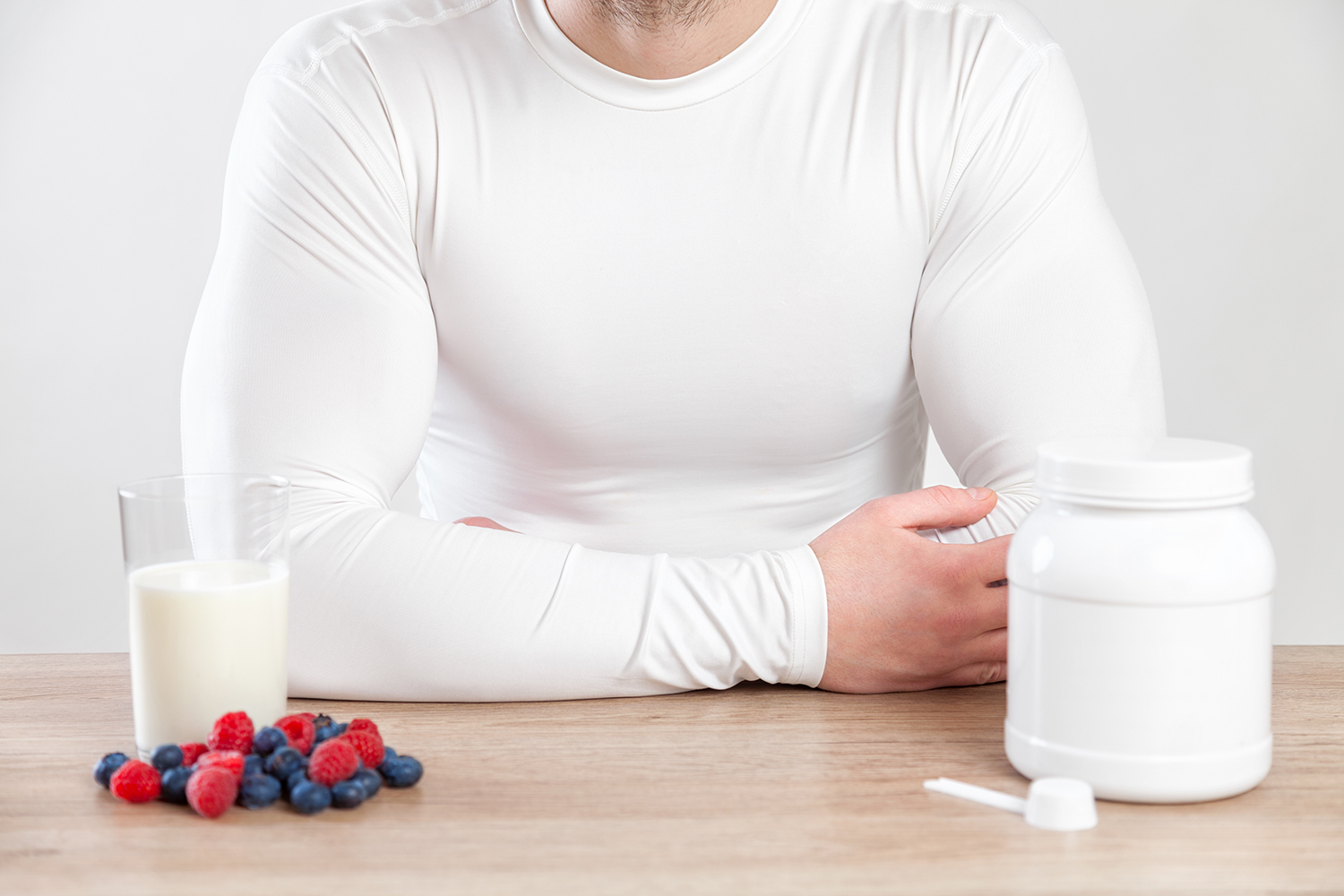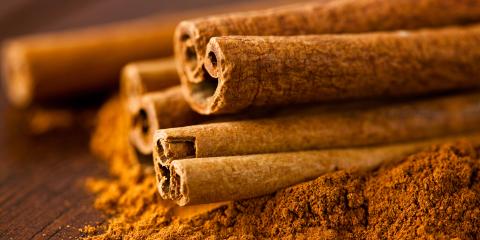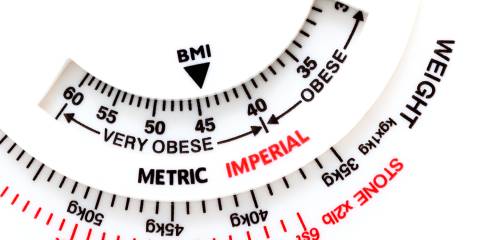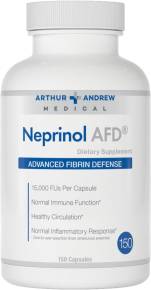If you (or the man in your life) complain about a lack of energy, more than normal aging may be to blame. Once guys turn 40, they begin to lose muscle, which slows down metabolic rate, putting them at greater risk for Type 2 diabetes—and even weakening their bones.
One of the largest and longest-running studies on aging and health shows that robust health in middle age (from 40 on) is the best predictor of a long, vibrant life. Besides regular exercise and a balanced lifestyle, three simple steps can keep guys feeling young and vital.
Start With a Manly Diet
Eat enough protein—0.36 grams per pound of body weight, or about 72 grams for a 200-pound man. One-quarter of Maryland elders do not consume enough protein, says Wayne Campbell, PhD, associate foods and nutrition professor at Purdue University. To keep cholesterol and saturated fats in check, choose fish, low-fat poultry, and legumes. High-fat, inflammatory animal proteins (red or processed meats and dairy) are often implicated in cancer, diabetes, and heart disease.
“Get the majority of nutrients from fruits and vegetables,” suggests Jason Theodosakis, MD, assistant professor at the University of Arizona College of Medicine, who recommends nine servings a day. “I’m not sure if people understand the meaning of serving,” he adds. “If they have a large orange or apple, that’s two servings.”
In the ongoing Health Professionals Follow-Up Study, men with high levels of beta carotene, lutein, and vitamin C from vegetables were significantly less likely to develop benign prostatic hyperplasia (BPH), or enlarged prostate, than men whose diets were low in these phytochemicals. Eating a variety of brightly colored fruits and vegetables helps protect against cancer. Whenever possible, buy organic foods (produced without toxic and persistent pesticides or sewage sludge, which can contain hormone-disrupting chemicals).
Fiber in plant foods helps prevent cardiovascular disease, Type 2 diabetes, and digestive problems, plus it fills you up, helping to control weight. Aim for 14 grams of fiber per 1,000 calories consumed, or about 35 grams for 2,500 calories.
Shed That Potbelly
“Women tend to accumulate more fat under the skin in what is called ‘subcutaneous fat deposits’ than do men, who store a larger portion of fat in intra-abdominal deposits around the front of the mid-waist area,” says Alexander G. Schauss, PhD, adjunct research professor of botanical medicine at the National College of Naturopathic Medicine. This intra-abdominal obesity or visceral fat, which is more common in men than women, has been linked to cardiovascular and cerebrovascular diseases, plus cancer and Type 2 diabetes. Men who lose excess weight seem to lower their risk for an aggressive form of prostate cancer, for example.
Visceral fat is also a factor in metabolic syndrome (also called syndrome X), a cluster of prediabetic symptoms that includes insulin resistance. This can damage the body’s normal energy balance and raise triglyceride levels, making weight loss more difficult.
Support Health With Supplements
A daily multivitamin/mineral helps close any nutritional gaps, and more and more lines offer a men’s formula. “Men usually need at least the DRIs [dietary reference intakes] for all nutrients, with less iron and more magnesium and B vitamins than women,” says Elson M. Haas, MD, founder and director of the Preventive Medical Center of Marin. For men who don’t eat enough green veggies, extra vitamin K is important in supplements, “as it may help reduce cardiovascular risk.”




